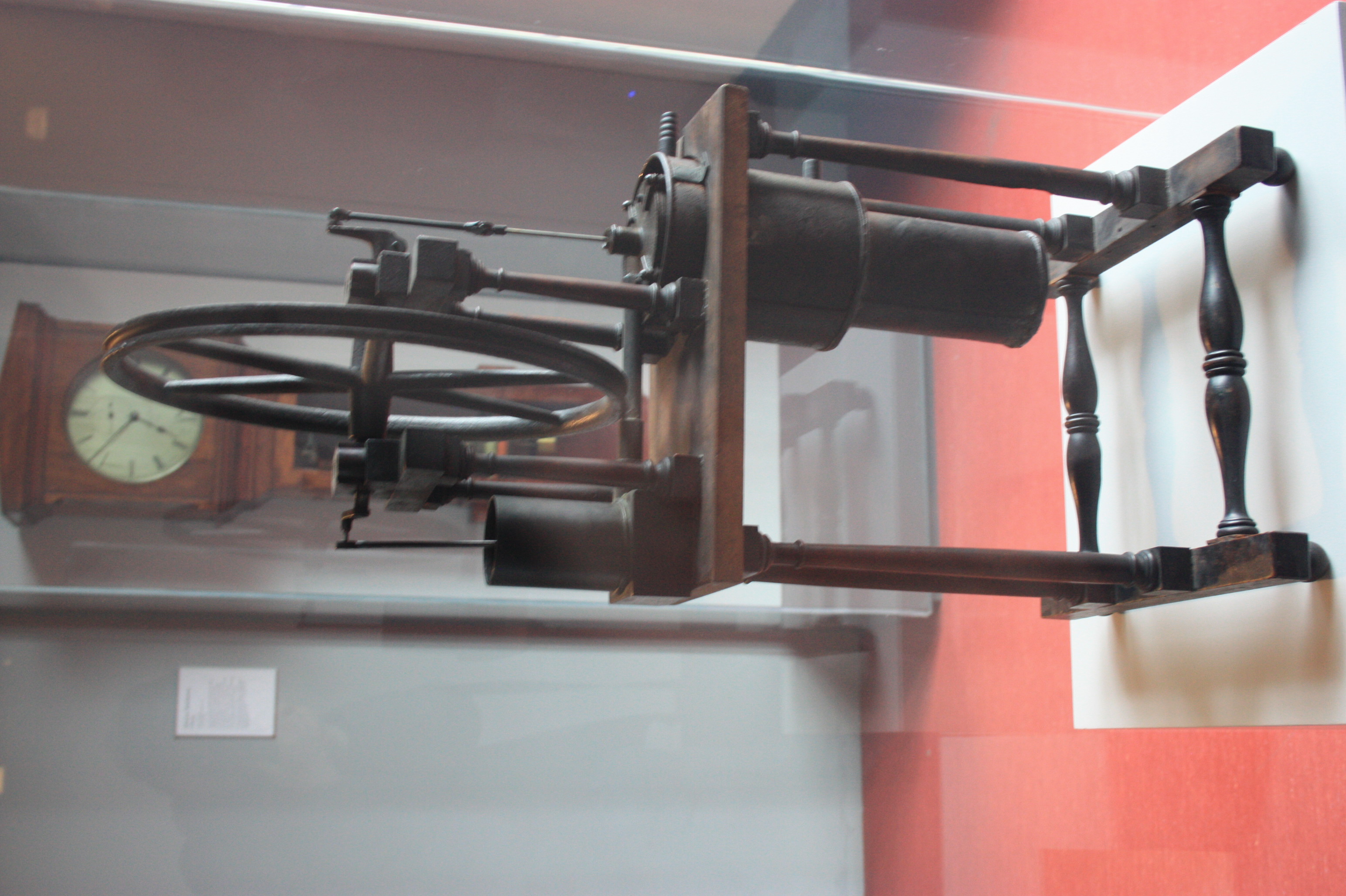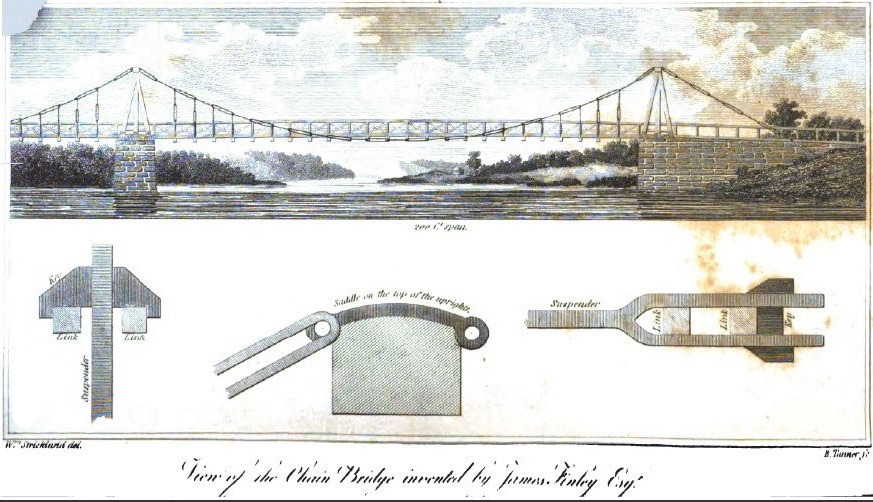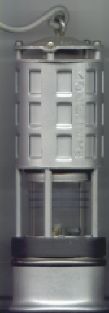|
1816 In Science
The year 1816 in science and technology involved some significant events, listed below. Botany * Botanic Gardens, Sydney, established in Australia. Chemistry * Veuve Clicquot invents the riddling table process to clarify champagne. Mathematics * John Farey notes the Farey sequence. Medicine * René Laennec invents the stethoscope. * Caleb Parry publishes ''An Experimental Inquiry into the Nature, Cause and Varieties of the Arterial Pulse'', describing the mechanisms for the pulse. Mineralogy * Johann Fischer von Waldheim publishes ''Essai sur la Turquoise et sur la Calaite'' in Moscow, the first scientific treatise on the mineral turquoise. Physics * Sir David Brewster (1781–1868) discovers stress birefringence. Technology * January 9 – Sir Humphry Davy's Davy lamp is first tested underground as a coal mining safety lamp at Hebburn Colliery in north east England. * The Spider Bridge at Falls of Schuylkill, a temporary iron-wire footbridge erected across the Sc ... [...More Info...] [...Related Items...] OR: [Wikipedia] [Google] [Baidu] |
Science
Science is a systematic endeavor that builds and organizes knowledge in the form of testable explanations and predictions about the universe. Science may be as old as the human species, and some of the earliest archeological evidence for scientific reasoning is tens of thousands of years old. The earliest written records in the history of science come from Ancient Egypt and Mesopotamia in around 3000 to 1200 BCE. Their contributions to mathematics, astronomy, and medicine entered and shaped Greek natural philosophy of classical antiquity, whereby formal attempts were made to provide explanations of events in the physical world based on natural causes. After the fall of the Western Roman Empire, knowledge of Greek conceptions of the world deteriorated in Western Europe during the early centuries (400 to 1000 CE) of the Middle Ages, but was preserved in the Muslim world during the Islamic Golden Age and later by the efforts of Byzantine Greek scholars who brought Greek ... [...More Info...] [...Related Items...] OR: [Wikipedia] [Google] [Baidu] |
Birefringence
Birefringence is the optical property of a material having a refractive index that depends on the polarization and propagation direction of light. These optically anisotropic materials are said to be birefringent (or birefractive). The birefringence is often quantified as the maximum difference between refractive indices exhibited by the material. Crystals with non-cubic crystal structures are often birefringent, as are plastics under mechanical stress. Birefringence is responsible for the phenomenon of double refraction whereby a ray of light, when incident upon a birefringent material, is split by polarization into two rays taking slightly different paths. This effect was first described by Danish scientist Rasmus Bartholin in 1669, who observed it in calcite, a crystal having one of the strongest birefringences. In the 19th century Augustin-Jean Fresnel described the phenomenon in terms of polarization, understanding light as a wave with field components in transverse polariz ... [...More Info...] [...Related Items...] OR: [Wikipedia] [Google] [Baidu] |
Robert Stirling
Robert Stirling (25 October 1790 – 6 June 1878) was a Scottish clergyman and engineer. He invented the Stirling engine and was inducted into the Scottish Engineering Hall of Fame in 2014. Early life Robert Stirling was born at Fatal Fields, a location in Scotland near the village of Methven, Perthshire. A member of the Dublane side of the Stirling family, Robert was born to Patrick and Agnes Stirling. He was one of eight children that Patrick and Agnes shared. His grandfather was Michael Stirling, most famously known for his invention of the threshing machine. Robert's father, Patrick, also spent time experimenting and innovating with industrial agricultural equipment. Though Robert, like his father and grandfather, had a natural inclination for engineering, he began attending Edinburgh University in 1805 at the age of fifteen to study divinity in hopes of becoming a minister. His brother James, who would play a major role in Stirling's future engineering endeavours, ... [...More Info...] [...Related Items...] OR: [Wikipedia] [Google] [Baidu] |
The Harmonicon
''The Harmonicon'' was an influential monthly journal of music published in London from 1823 to 1833. It was edited at one period by William Ayrton (1777–1858.) Issues contained articles on diverse topics, including reviews of musical compositions, reviews of concert and opera performances, news of contemporary musicians and composers, features on music theory Music theory is the study of the practices and possibilities of music. ''The Oxford Companion to Music'' describes three interrelated uses of the term "music theory". The first is the "rudiments", that are needed to understand music notation (ke ... and the physics of sound, and biographical sketches of important musical figures. References The Harmonicon archive at HathiTrust 1823 establishments in the United Kingdom 1833 disestablishments in the United Kingdom Monthly magazines published in the United Kingdom Music magazines published in the United Kingdom Defunct magazines published in the United Kingdom ... [...More Info...] [...Related Items...] OR: [Wikipedia] [Google] [Baidu] |
Metronome
A metronome, from ancient Greek μέτρον (''métron'', "measure") and νομός (nomós, "custom", "melody") is a device that produces an audible click or other sound at a regular interval that can be set by the user, typically in beats per minute (BPM). Metronomes may include synchronized visual motion. Musicians use the device to practise playing to a regular pulse. A kind of metronome was among the inventions of Andalusian polymath Abbas ibn Firnas (810–887). In 1815, German inventor Johann Maelzel patented his mechanical, wind-up metronome as a tool for musicians, under the title "Instrument/Machine for the Improvement of all Musical Performance, called Metronome". In the 20th century, electronic metronomes and software metronomes were invented. Musicians practise with metronomes to improve their timing, especially the ability to stick to a regular tempo. Metronome practice helps internalize a clear sense of timing and tempo. Composers and conductors often use a me ... [...More Info...] [...Related Items...] OR: [Wikipedia] [Google] [Baidu] |
Johann Nepomuk Maelzel
A metronome by Maelzel, Paris, 1815. Johann Nepomuk Maelzel (or Mälzel; August 15, 1772 – July 21, 1838) was a German inventor, engineer, and showman, best known for manufacturing a metronome and several music-playing automatons, and displaying a fraudulent chess machine. He worked with Beethoven to compose a piece of music for one of his inventions. Life and work Maelzel was born in Regensburg. The son of an organ builder, he received a comprehensive musical education.German Wikipedia He moved to Vienna in 1792. After several years of study and experiment, he produced an orchestrion instrument, which was publicly exhibited, and afterward sold for 3,000 florins. In 1804, he invented the panharmonicon, an automaton able to play the musical instruments of a military band, powered by bellows and directed by revolving cylinders storing the notes. This attracted universal attention; the inventor became noted throughout Europe, was appointed imperial court-mechanician at Vienna, an ... [...More Info...] [...Related Items...] OR: [Wikipedia] [Google] [Baidu] |
Suspension Bridge
A suspension bridge is a type of bridge in which the deck (bridge), deck is hung below suspension wire rope, cables on vertical suspenders. The first modern examples of this type of bridge were built in the early 1800s. Simple suspension bridges, which lack vertical suspenders, have a long history in many mountainous parts of the world. Besides the bridge type most commonly called suspension bridges, covered in this article, there are other types of suspension bridges. The type covered here has cables suspended between towers, with vertical ''suspender cables'' that transfer the Structural load#Live load, imposed loads, transient load, live and Structural load#Dead load, dead loads of the deck below, upon which traffic crosses. This arrangement allows the deck to be level or to arc upward for additional clearance. Like other suspension bridge types, this type often is constructed without the use of falsework. The suspension cables must be anchored at each end of the bridge, s ... [...More Info...] [...Related Items...] OR: [Wikipedia] [Google] [Baidu] |
Philadelphia, Pennsylvania
Philadelphia, often called Philly, is the largest city in the Commonwealth of Pennsylvania, the sixth-largest city in the U.S., the second-largest city in both the Northeast megalopolis and Mid-Atlantic regions after New York City. Since 1854, the city has been coextensive with Philadelphia County, the most populous county in Pennsylvania and the urban core of the Delaware Valley, the nation's seventh-largest and one of world's largest metropolitan regions, with 6.245 million residents . The city's population at the 2020 census was 1,603,797, and over 56 million people live within of Philadelphia. Philadelphia was founded in 1682 by William Penn, an English Quaker. The city served as capital of the Pennsylvania Colony during the British colonial era and went on to play a historic and vital role as the central meeting place for the nation's founding fathers whose plans and actions in Philadelphia ultimately inspired the American Revolution and the nation's inde ... [...More Info...] [...Related Items...] OR: [Wikipedia] [Google] [Baidu] |
Schuylkill River
The Schuylkill River ( , ) is a river running northwest to southeast in eastern Pennsylvania. The river was improved by navigations into the Schuylkill Canal, and several of its tributaries drain major parts of Pennsylvania's Coal Region. It flows for U.S. Geological Survey. National Hydrography Dataset high-resolution flowline dataThe National Map , accessed April 1, 2011 from Pottsville to Philadelphia, where it joins the Delaware River as one of its largest tributaries. In 1682, William Penn chose the left bank of the confluence upon which he founded the planned city of Philadelphia on lands purchased from the native Delaware nation. It is a designated Pennsylvania Scenic River, and its whole length was once part of the Delaware people's southern territories. The river's watershed of about lies entirely within the state of Pennsylvania, the upper portions in the Ridge-and-valley Appalachian Mountains where the folding of the mountain ridges metamorphically modified bit ... [...More Info...] [...Related Items...] OR: [Wikipedia] [Google] [Baidu] |
Spider Bridge At Falls Of Schuylkill
Spider Bridge at Falls of Schuylkill was an iron-wire footbridge erected in 1816 over the Schuylkill River, north of Philadelphia, Pennsylvania. Though a modest and temporary structure, it is thought to have been the first wire-cable suspension bridge in the world. Chain bridge The Chain Bridge at Falls of Schuylkill, an iron-chain suspension bridge designed by James Finley (engineer), James Finley, was built at East Falls, Philadelphia, Pennsylvania, Falls of Schuylkill in 1808. It was among the earliest suspension bridges erected in the United States. To supply materials for its construction, ironmakers Josiah White and Erskine Hazard built a rolling mill along the river near its eastern abutment. Although Finley patented his Falls of Schuylkill bridge and publicized it widely, it was not a success: "Part of the superstructure broke down in September, 1810, while a drove of cattle was crossing it, and in January, 1816, the bridge fell down, occasioned by the great weight of sno ... [...More Info...] [...Related Items...] OR: [Wikipedia] [Google] [Baidu] |
Hebburn
Hebburn is a town in the metropolitan county of Tyne and Wear, England. It governed under the borough of South Tyneside; formerly governed under the county of Durham until 1974 with its own urban district from 1894 until 1974. It is on the south bank of the River Tyne between Gateshead and Jarrow and opposite Wallsend and Walker. The population of Hebburn was 18,808 in 2001, History In Saxon times Hebburn was a small fishing hamlet upon the river Tyne. It is thought that the name Hebburn may be derived from the Old English terms, ''heah'' meaning "high", and ''byrgen'' meaning a "burial mound", though it could also mean ''the high place beside the water''. The first record of Hebburn mentions a settlement of fishermen's huts in the 8th century, which were burned by the Vikings. In the 14th century the landscape was dominated by a peel tower. A wall, a portion of which still remains at St. John's Church, could also be seen. The Lordship of the Manor of Hebburn passed throug ... [...More Info...] [...Related Items...] OR: [Wikipedia] [Google] [Baidu] |
Safety Lamp
A safety lamp is any of several types of lamp that provides illumination in coal mines and is designed to operate in air that may contain coal dust or gases, both of which are potentially flammable or explosive. Until the development of effective electric lamps in the early 1900s, miners used flame lamps to provide illumination. Open flame lamps could ignite flammable gases which collected in mines, causing explosions; safety lamps were developed to enclose the flame and prevent it from igniting the surrounding atmosphere. Flame safety lamps have been replaced in mining with sealed explosion-proof electric lights. Background Damps or gases Miners have traditionally referred to the various gases encountered during mining as damps, from the Middle Low German word ''dampf'' (meaning "vapour"). Damps are variable mixtures and are historic terms. * ''Firedamp'' Naturally occurring flammable mixtures, principally methane. * ''Blackdamp'' or ''Chokedamp'' Nitrogen and carbon dioxide ... [...More Info...] [...Related Items...] OR: [Wikipedia] [Google] [Baidu] |








